Microscopic techniques
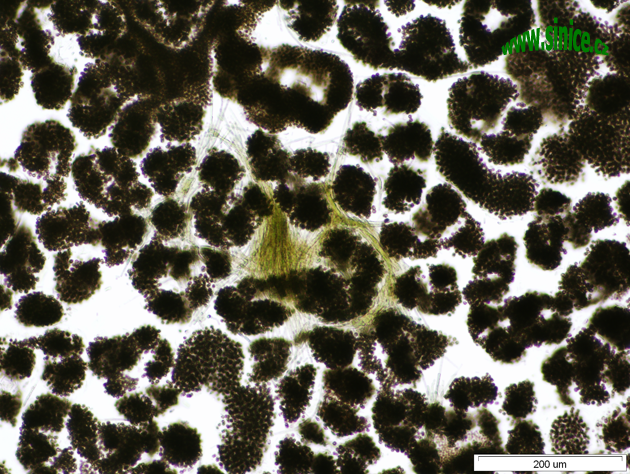
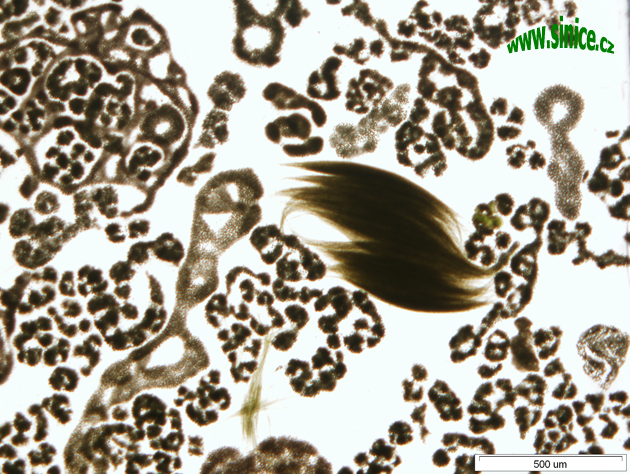
Microscopy at the CCT
At our institute, we use light microscopy techniques including both classic light microscopy applying the Nomarski contrast and also fluorescence microscopy in order to make taxonomic sample analyses and to determine bacterial cells and virus particles total counts in water and sediments. For microscopic analyses, a BX-60 microscope (0lympus Corp.) together with a set of fluorescence mirror units is employed to watch objects showing chlorophyll-a autofluorescence or objects stained e.g. with DAPI (4',6-diamidino-2-phenylindole), SYBR Gold, SYBR Green I (Molecular Probes Inc.), CTC (5-cyano-2,3-di-(p-tolyl)tetrazolium chloride). Staining with specific fluorochromes allows to quantify bacterial cells or virus particles in natural samples due to fluorochrome affinity to nucleic acids (DAPI, SYBR Gold, SYBR Green I staining; Noble and Fuhrman 1998, Porter and Feig 1980, Wen et al. 2004) or to quantify active fraction of bacteria based on a CTC reduction to fluorescent formazan (Rodriguez et al. 1992). To study microbial communities in water and sediments applying microscopy or flow cytometry, another substrates are used such as FDA (fluorescein diacetate) and propidium iodide which allow to determine the enzymatic activity and viability of microorganisms, respectively. The microscope is also equipped with 12.5 million-pixel cooled digital color camera system DP 70 (0lympus Corp.) connected to a computer with Cell D image analysis software (0lympus Corp.) allowing an elementary digital image processing.
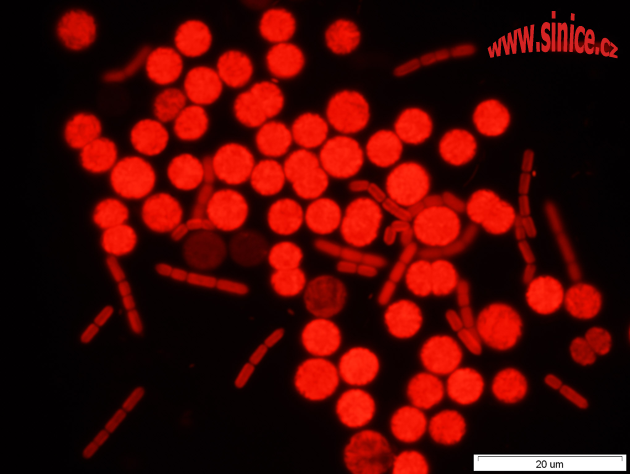
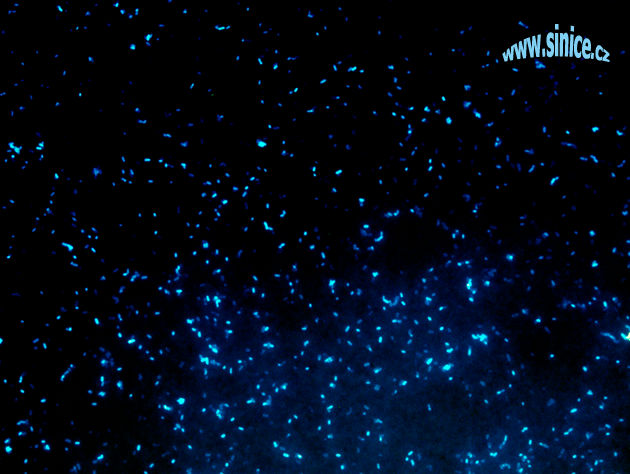
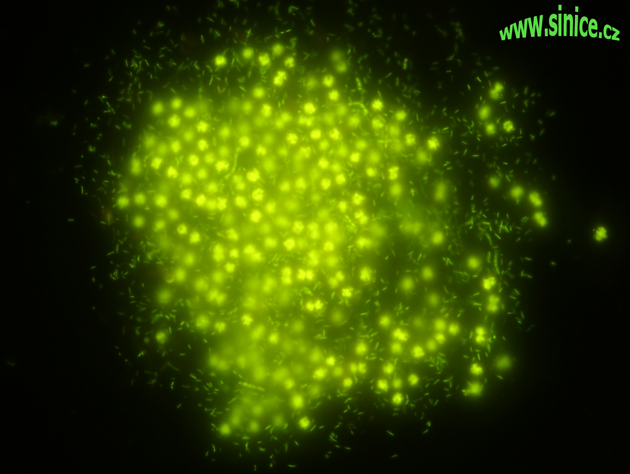
Noble, R.T., Fuhrman, J.A. (1998): Use of SYBR Green I for rapid epifluorescence counts of marine viruses and bacteria. Aquatic Microbial Ecology 14: 113-118.
Porter, K.G., Feig, Y.S. (1980): The use of DAPI for identifying and counting aquatic microflora. Limnology and Oceanography 25: 943-948.
Rodriguez, G.G., Phipps, D., Ishiguro, K., Ridgway, H.F. (1992): Use of a fluorescent redox probe for direct visualization of actively respiring bacteria. Applied and Environmental Microbiology 58: 1801-1808.
Wen, K., Ortmann, A.C., Suttle, C.A. (2004): Accurate estimation of viral abundance by epifluorescence microscopy. Applied and Environmental Microbiology 70: 3862-3867.